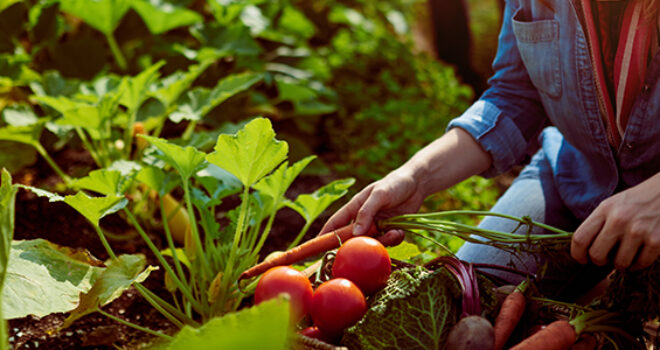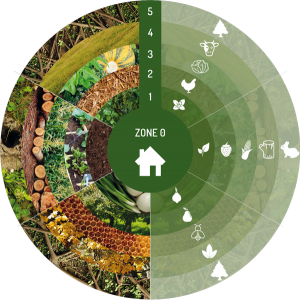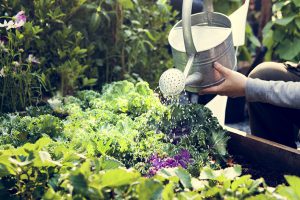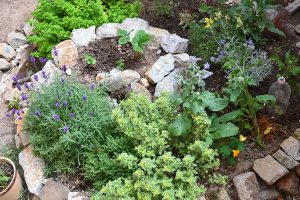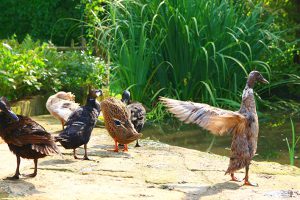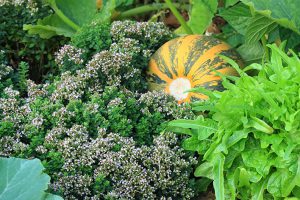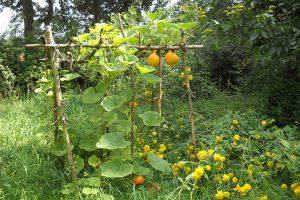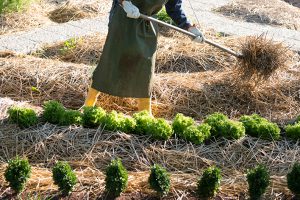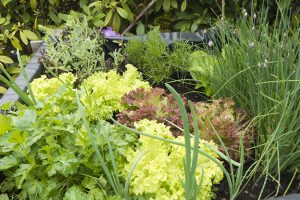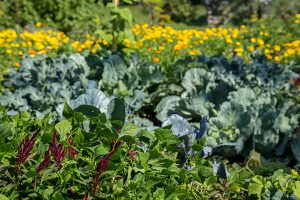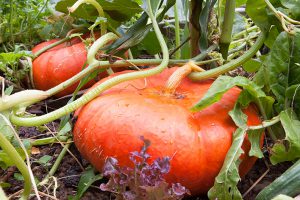Permaculture is the new buzzword, but how can you grow your own permanent food source? Here are four tried-and-tested tips to get started.
1. Requirements?
Get off to a good start by mapping out the expectations, needs and fears of the people involved in the project, who will help you transform this living space. The idea is to establish a culture with a human dimension while also maintaining a dynamic balance with nature.
The founding principle of permaculture is to establish a sharing, cooperative activity, which is in perfect harmony with people’s health and well-being.
2. Permaculture: observe nature
Another key principle of this agricultural method: you must care for our planet. If you want to get stuck in and create your own permaculture garden, then you must start by taking a closer look at the context you are working in.
Look at your plot’s layout, its outline, how the water flows and drains, which plants already grow there, the soil composition, how much sun it gets… All these elements must be observed in the morning and evening, in winter and summer. Observe your garden so you get to know it better, so you can feel how it responds, before taking action.
3. Divide your plot into zones
Permaculture also means producing in a different way. Start by prepping the land. One of the best ways to do this in permaculture is to divide your plot into 5 concentric zones.
Permacultural zoning is designed to better manage your space, in accordance with your priorities and needs. Find out more about this zoning in the images in the infographics opposite
4. Take due account of external influences
This too is just a matter of common sense. Be curious and study external elements that may have an influence on your land, and analyse them. Study the wind, the sunshine, the neighbourhood, the noise…
Finally, the last vital element in a permacultural approach, and one that is inherent in all the other elements, is equitable sharing. This is based on a fair distribution of space and resources between the various people who are involved in permaculture.
Browse the Agriculture section to learn all you ever wanted to know about permaculture



 Celery
Celery  Artichoke
Artichoke  Vegetable garden: growing celery stalk
Vegetable garden: growing celery stalk 









